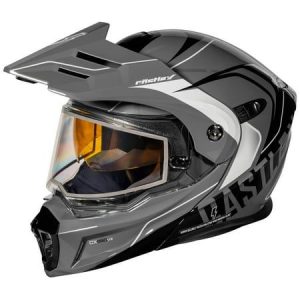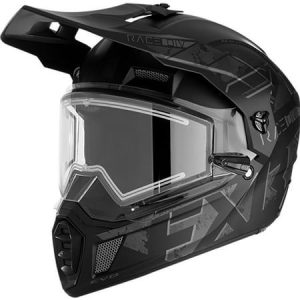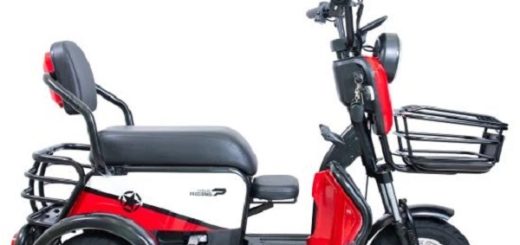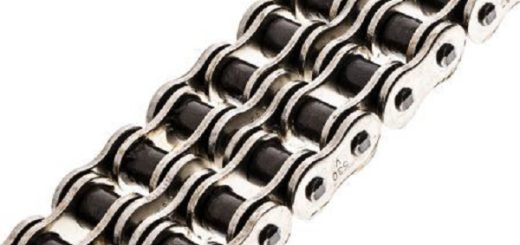The Essential Guide: Selecting the Perfect Motorcycle Helmet
For motorcycle riders, a helmet is not just an accessory; it’s paramount safety equipment. It stands as the first line of defense in the unfortunate event of an accident, shielding your head from impact and minimizing the risk of serious injuries. With a vast array of motorcycle helmets available, choosing the right one can feel overwhelming. But fret not! This comprehensive guide empowers you to navigate the selection process with confidence, ensuring you find a helmet that offers optimal protection, exceptional fit, and a comfortable riding experience.
Understanding Helmet Safety Ratings: Setting the Benchmark
Before diving into specific helmet types and features, familiarizing yourself with motorcycle helmet safety ratings is crucial. Here are the two primary standards used in North America:

-
Department of Transportation (DOT): The DOT certification is the minimum legal requirement for motorcycle helmets sold in the United States. DOT-approved helmets undergo basic impact testing to ensure a baseline level of protection.
-
** Snell Memorial Foundation (Snell):** Helmets certified by the Snell Memorial Foundation are held to a stricter testing standard compared to DOT. Snell certification involves more rigorous impact tests and evaluations, offering a potentially higher level of protection.
While both DOT and Snell certifications indicate a helmet meets specific safety benchmarks, some riders prioritize Snell certification for potentially superior protection. Ultimately, the best choice depends on your individual preferences and budget.
Know Your Options: Exploring Different Motorcycle Helmet Types
Motorcycle helmets come in various styles, each catering to specific riding styles and preferences. Here’s a breakdown of the most common types:
-
Full-Face Helmets: Offering the most comprehensive protection, full-face helmets enclose the entire head, face, and chin. They are ideal for riders prioritizing maximum safety, particularly those who ride at high speeds or long distances.
-
Modular Helmets (Flip-Up Helmets): Modular helmets offer the versatility of a full-face helmet with the convenience of a flip-up front section. This allows riders to easily raise the visor for improved ventilation or communication without removing the entire helmet.

-
Three-Quarter Helmets ( ¾ Helmets): These helmets provide coverage for the head and ears, leaving the face exposed. While offering less protection than full-face helmets, ¾ helmets are popular for their lighter weight and increased airflow, making them suitable for warmer climates or short commutes.
-
Open-Face Helmets (Half Helmets): Offering minimal protection, open-face helmets only cover the top and back of the head. While legal in some areas, they are not recommended due to the significant risk of facial injuries in case of an accident.
Finding the Perfect Fit: A Helmet Should Feel Like an Extension of You
A properly fitted helmet is crucial for both safety and comfort. An ill-fitting helmet can move around during a crash, reducing its effectiveness. Here’s how to ensure your helmet fits like a glove:

-
Measure Your Head: Use a soft measuring tape to measure the circumference of your head just above your eyebrows. Select a helmet size that corresponds to your head measurement.
-
Try Before You Buy: Whenever possible, try on different helmets before making a purchase. The helmet should feel snug but not uncomfortably tight. There should be minimal to no movement when you shake your head from side to side.
-
Check the Cheek Pads: The cheek pads should make gentle contact with your cheeks without creating pressure points. Some helmets offer replaceable cheek pads for a more customized fit.
-
Snug Snug, Not Drug: The helmet should feel secure and snug when the chin strap is fastened. You should be able to fit two fingers comfortably between the strap and your chin.
Beyond the Basics: Essential Features to Consider
While a proper fit and safety certification are paramount, several other features can enhance your helmet’s functionality and comfort:
-
Visor: Choose a visor with an anti-scratch coating for improved clarity and a scratch-resistant surface. Consider a visor with an anti-fog function to prevent fogging during humid or cold weather conditions.
-
Ventilation: Adequate ventilation is crucial for comfort, especially during warmer weather. Look for helmets with multiple intake and exhaust vents to promote airflow and prevent overheating.
-
Liner: A comfortable, moisture-wicking liner is essential for long rides. Some helmets offer removable and washable liners for easy cleaning and maintenance.

-
Weight: A lighter helmet can reduce neck strain and fatigue during extended rides. However, keep in mind that lighter helmets may offer slightly less protection compared to heavier ones.
-
Communication Systems: For riders who frequently communicate with passengers or fellow riders, consider helmets pre-installed for Bluetooth communication systems.
Safety First: Maintaining Your Motorcycle Helmet for Optimal Performance
A motorcycle helmet is an investment in your safety, but just like any other safety gear, it requires proper care and maintenance to function optimally. Here are some key tips to ensure your helmet remains protective and comfortable for years to come:
-
Cleaning: Regularly clean the helmet’s exterior with a mild soap solution and lukewarm water. Avoid harsh chemicals or abrasive cleaners, which can damage the helmet’s finish and compromise its integrity. Clean the visor with a microfiber cloth to prevent scratches.

-
Liner Care: Most motorcycle helmets feature removable and washable liners. Follow the manufacturer’s instructions for proper cleaning and drying of the liner. A clean and fresh liner promotes comfort and prevents the buildup of sweat and bacteria.
-
Visor Maintenance: Replace your visor periodically, especially if it becomes scratched or cloudy. Scratches can impair visibility, while a cloudy visor can obstruct your vision in low-light conditions.
-
Inspection: Routinely inspect your helmet for any signs of damage, such as cracks, deep scratches, or loose components. A compromised helmet may not provide adequate protection in a crash. If you discover any damage, replace the helmet immediately.
-
Storage: When not in use, store your helmet in a cool, dry place away from direct sunlight. Extreme temperatures can damage the helmet’s materials and compromise its effectiveness.
Invest in Your Ride, Invest in Yourself: Choosing the Perfect Helmet
Selecting the right motorcycle helmet is a crucial decision. By prioritizing safety certifications, finding the perfect fit, and considering features that enhance comfort and functionality, you can ensure you’re equipped with the best possible protection for your motorcycle adventures. Ready to hit the road with confidence and peace of mind?
Explore the wide selection of motorcycle helmets available online or at your local motorcycle gear store! Find a helmet that aligns perfectly with your riding style, budget, and safety preferences. Remember, a high-quality motorcycle helmet is an investment in your most valuable asset – yourself.
Embrace the freedom of the open road, but always prioritize safety. Choose the perfect helmet and ride on!


